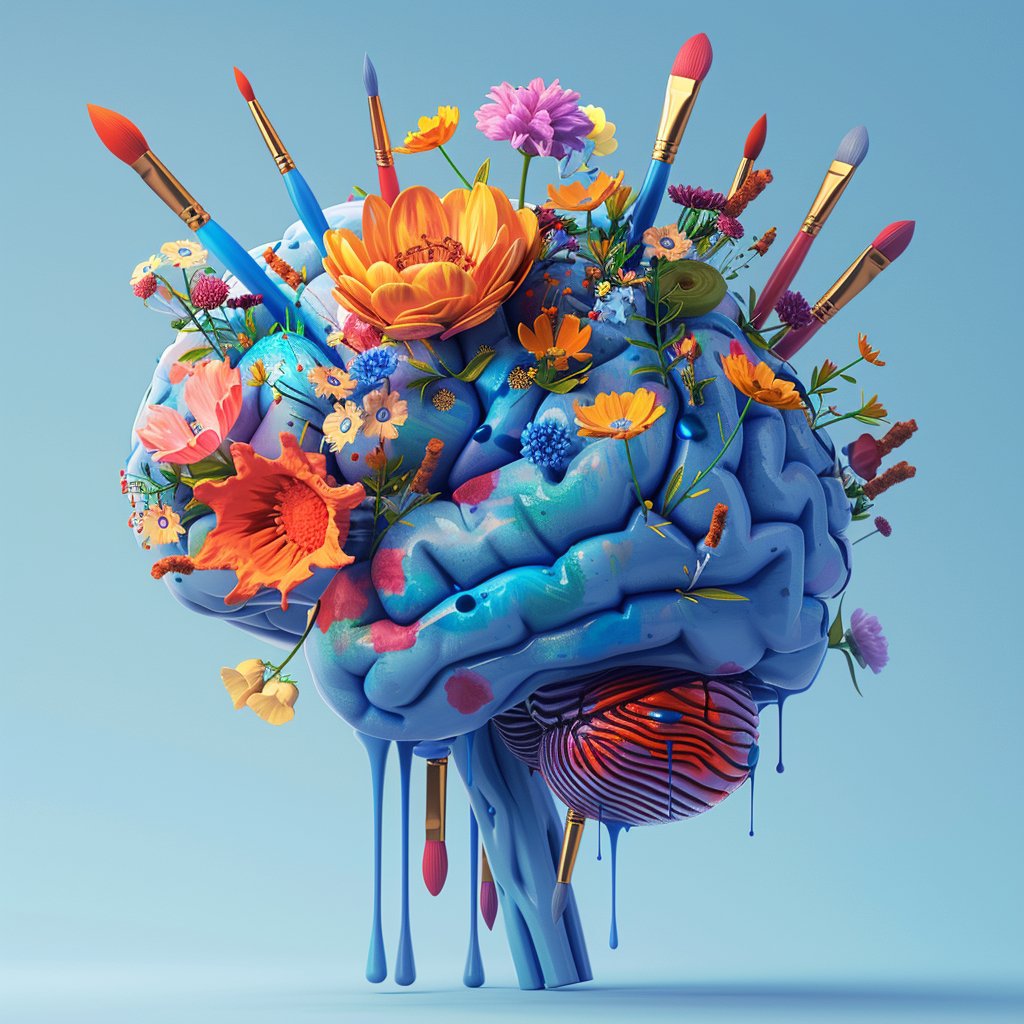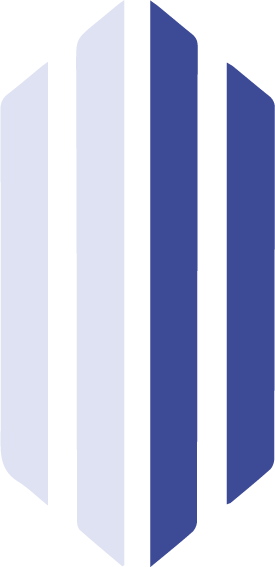A soldier's journey from the battlefield to civilian life is often challenging. Amongst the trials faced by returning veterans, post-traumatic stress disorder (PTSD) stands out as a particularly insidious foe. Traditional therapy and medication have been the standard approach to managing PTSD, but another form of healing has been making remarkable strides in recent years: art therapy. This creative practice has emerged as a powerful tool to help veterans express unspoken emotions, confront traumatic experiences, and carve a personal path to peace and recovery.
The Essence of Art Therapy:
Art therapy is a form of expressive therapy that employs the creative process of making art to improve a person's physical, mental, and emotional well-being. It blends psychotherapeutic techniques with the inherent healing nature of artistic expression. For veterans, art therapy isn't about the end product - it's about finding a voice through the strokes of a paintbrush, the sculpting of clay, or the layering of a collage.
The Science Behind the Canvas:
Neurologically, art therapy stimulates brain areas concerned with emotional regulation and stress relief. Dr. Girija Kaimal's research shows that 45 minutes of creative activity significantly lowers stress in the body, regardless of the artistic experience or talent. This is particularly pertinent for veterans dealing with PTSD, a condition often accompanied by high stress and emotional turmoil.
The Impact on Veterans:
Art therapy for veterans is not about teaching them how to paint or draw but providing a supportive environment where they can convey their experiences without needing words. Here's how it has proven effective:
Unspoken Narratives:
Many veterans find it challenging to articulate their feelings and traumas verbally. Art therapy allows for non-verbal communication, releasing thoughts and feelings that can be hard to express with words.
Reclaiming Control:
Creating art can provide a sense of control, which is often lost during the traumatic experiences associated with military conflict. Making decisions in the art-making process can empower a vet, giving them a grip on their treatment and recovery.
Reflection and Self-awareness:
Reflecting on one's art pieces can lead to increased self-awareness and understanding. It can also spark conversations with therapists and peers, promoting a shared healing journey.
Community and Connectivity:
Engaging in art therapy can create a sense of community among veterans. Shared art studios and group sessions foster connections, reduce isolation, and build a support network.
Stress Reduction and Mindfulness:
Art therapy promotes mindfulness, which helps veterans stay present and find a respite from intrusive traumatic memories. The focus required to create a piece of artwork helps calm the mind and eases anxiety.
Real Stories of Transformation:
Veterans across various treatment centers and programs have vouched for the transformative power of art therapy. From individuals who discovered a new passion for life to those who managed to quell the nightmares that plagued their sleep, the anecdotal evidence is bolstered by the studies that echo these successes.
Conclusion:
For veterans grappling with PTSD, the path to healing is often a complex blend of struggle, resilience, and the search for peace. Art therapy stands out as a beacon of hope, not as a miracle cure, but as a profound testament to the healing power of creativity. It transcends the limitations of traditional therapy, offering another layer of support to those who've sacrificed so much. As more people recognize the value of this therapy and facilitate access to it, we can only hope that more veterans will find in their canvases and clay a friend, an ally, and a healer in their journey back home.
We must continue supporting programs and initiatives that provide art therapy to veterans. Share this post to raise awareness, donate to art therapy foundations focused on veterans, or reach out to your local veterans' association to see how you can contribute. Every brushstroke counts toward the grand canvas of healing and recovery for our veterans.

